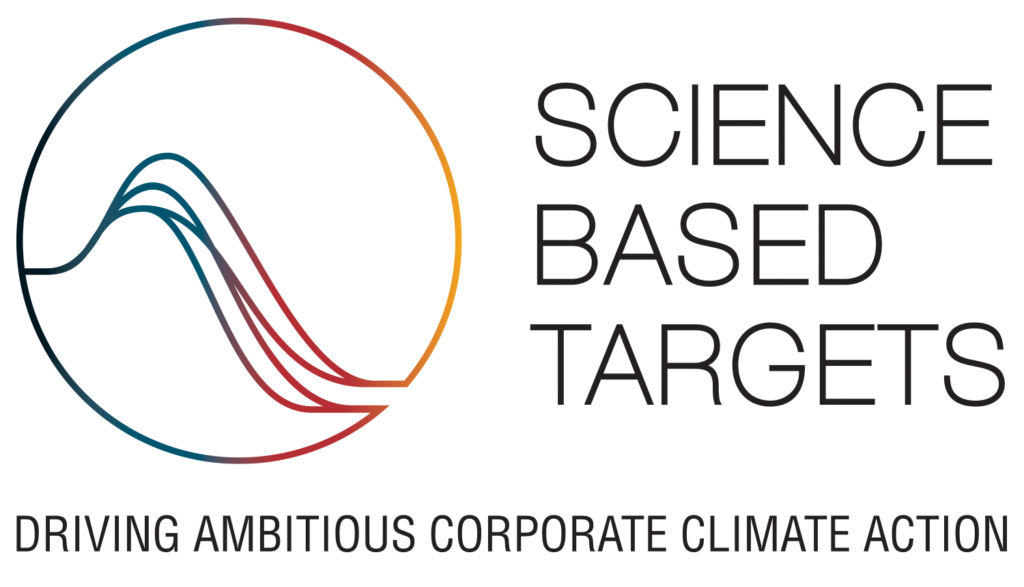The phrase ‘Net Zero’ gets thrown around a lot, and everyone assumes we all know what it means. So I want to start this post, with what is meant when we use the phrase ‘net zero’? It means achieving a balance between the amount of carbon emitted into the atmosphere, and the carbon removed from it.
Since the Climate Change Act (2008) was amended to commit the UK to achieve net zero by no later than 2050. It has meant industries and organisations have had to align and follow suit. This has meant companies and organisations have been permitted to set their own net zero targets. For most companies and organisations, this will be the first time they have ever had to do something like this.
What is a net zero target?
The Science-Based Target initiative (SBTi) definition for net zero targets for corporates as follows:
“To reach the state of net zero emissions for companies implies two conditions:
- To achieve a scale of value-chain emission reductions consistent with the depth of abatement achieved in pathways that limit warming to 1.5°C with no or limited overshoot and;
- To neutralise the impact of any source of residual emissions that remains unfeasible to be eliminated by permanently removing an equivalent amount of atmospheric carbon dioxide.“

For additional guidance on the SBTi criteria for corporates, resources are available.
Why set a net zero target?
Setting a target, (especially inline with the SBTi) carries a strong commitment to your company or organisation taking climate action. Climate action that is aligned to the Paris Agreement and limiting Global Warming to 1.5C.
If you are a corporate company, there are a number of benefits you will gain, such as:
- Enhanced credibility and business reputation.
- Reduced costs.
- The ability to drive innovation and create a competitive advantage.
- Increased resilience and security for future regulations.
- Increased investor confidence for attracting investment.
When is the right time to set a net zero target?
Some industries still require innovation to achieve science-based targets that are inline with 1.5C trajectory. However, this should not dissuade or prevent companies into taking action and setting targets of their own to begin reducing their greenhouse gas emissions.
Actually setting a net zero target date is an important step for any company or organisation. If your company or organisation were to follow the SBTi approach, the criteria states that a net zero target date should be no later than 2050.
However, some companies are setting more ambitious targets than this, and setting their target year earlier than 2050. Whilst ambitious targets are encouraged, consideration should be made to the feasibility of accelerating your value chain (scope 3) reductions beyond the 1.5C pathways. Such as, potential financial implications that it may cost your company to achieve.
If you are unsure where to begin when setting your targets, resources are available through the SBTi.
Difference between net zero targets and science-based targets?
Science-based targets set a trajectory for reduction for a company’s scope 1, scope 2 and scope 3 emissions. They do not allow a company to use offsets to achieve their reductions.
Whereas if you were to set net zero targets, companies are encouraged to accompany these with a science-based target aligned to 1.5C. However, they are also allowed to incorporate the additional aspect of compensating for residual emissions using greenhouse gas removals (carbon offsets). Greenhouse gas removals take the remaining emissions from the atmosphere and sequester them.
What do you need to do, before setting your targets?
Firstly, you need to make sure you have a baseline and measure your company’s scope 1, scope 2 and scope 3 emissions. You can do this by developing a greenhouse gas inventory.
When setting your targets, you need to make sure you have considered the feasibility and decarbonisation initiatives necessary to achieve your emissions reduction trajectory before committing to your targets.
Submit an enquiry with us, to get started on your journey today.
